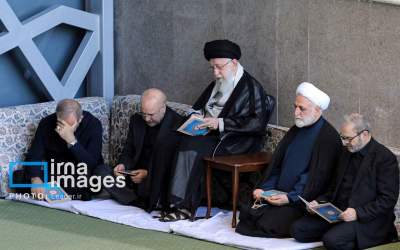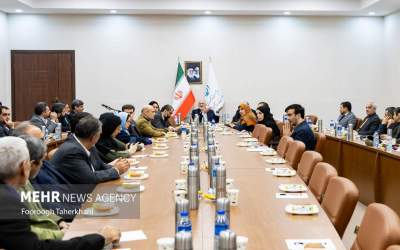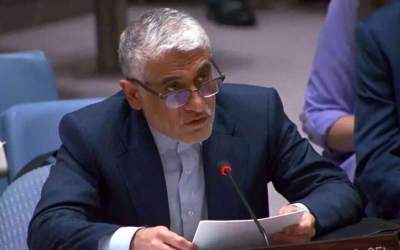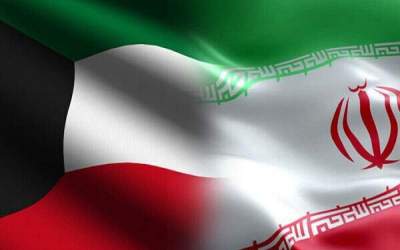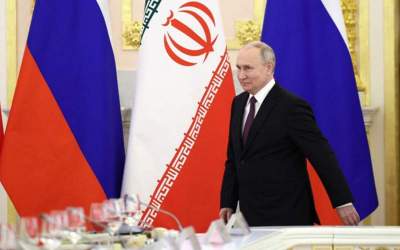Saturday 14 January 2017 - 11:55
Story Code : 246807
Iran making the most of OPEC deal, oil exports reach record levels
According to�figures from�OPEC, Iran produced an average of�1.8 million barrels per day (bpd) in�2015, when it was under�sanctions imposed in�connection with�its nuclear program.
These sanctions were lifted in�January last year following�the agreement of�the Joint Comprehensive Plan of�Action (JCPOA) between�Iran and the P5+1 group of�countries, and since�then Tehran has been keen to�increase its production to�pre-sanctions levels.
Iran's oil revenue increased by�90 percent in�2016, and the country is currently producing 3.7 � 3.9 million bpd. Oil exports have risen to�2.5 million bpd, which exceeds the pre-sanctions level.� A large amount of�oil in�storage has allowed Tehran to�achieve a rapid rise in�exports. Over the past�three months, Iran has sold 13 million barrels of�30 million in�storage, expert in�Middle Eastern affairs Vladimir Sazhin told Sputnik Persian.
"Iran is the third largest oil producer in�OPEC. In late November, the organization took a historic decision to�cut total oil production by�1.2 million bpd; an exception was made for�Iran, which insisted on�restoring its market share after�the removal of�sanctions restricting oil exports. Under the terms of�the OPEC deal, Iran will be able to�increase production in�2017 by�90,000 bpd," Sazhin said.
As well as�millions of�barrels in�storage, Iran also has some recently discovered untapped resources. According to�a recent statement by�the Director of�the Ministry of�Petroleum's Center for�Research Mahmou Hazhan, Iran has confirmed a significant amount of�reserves of�shale oil in�Lorestan Province.
In fact, a lower oil price, and more production, suits Tehran. According to�the Director of�the National Iranian Oil Company (NIOC) for�International Affairs Mohsen Kamsari, the cost of�production for�Iranian oil is less than $10 per barrel.
On November 30 the OPEC cartel managed to�reach a deal to�cut output despite�opposition from�countries like�Iran, Libya and Nigeria, who demanded, and eventually received, exemption from�production cuts on�the grounds that they had not been producing at�full capacity. Led by�Saudi Arabia, OPEC agreed to�cut production from�January 1 by�about 1.2 million barrels per day, or about�4.5 percent of�its production, to�32.5 million bpd. Moscow played a crucial part in�the formation of�the deal, when Russian Energy Minister Alexander Novak spoke with�Saudi Arabian Energy Minister Khalid Al-Falih to�pledge a production cut of�300,000 bpd, providing half the total output reduction OPEC wanted from�non-OPEC producers.
prev
next
Latest News
Most viewed

